Description
Kaolin Price
The kaolin price can vary depending on several factors such as quality, quantity, and the specific use of the material. As one of the leading kaolin manufacturers, Vornaco offers competitive pricing without compromising on quality. Our kaolin is sourced from some of the best mines, ensuring that every batch meets the highest standards. Kaolin is widely used in various industries, including ceramics, paper, plastics, rubber, and paint. Therefore, the price can fluctuate based on the grade and volume required by different industries. Vornaco ensures that all clients, whether purchasing small or large quantities, get the best possible value for their investment. Contact us for a detailed pricing breakdown based on your needs and the volume of kaolin you require. you can read more about what is kaolin clay on vornaco article.
If you’re already familiar with the benefits of kaolin in industries like ceramics, cosmetics, and paper production, you may also be looking for reliable materials like bitumen for construction and infrastructure projects.
At Vornaco, we offer premium bitumen products for road construction, waterproofing, and more. To learn more about the bitumen price and how our high-quality bitumen solutions can support your business, visit our page for detailed pricing and options.
Kaolin Cost
The kaolin cost can vary depending on several factors, including purity, form, and the processing required. Vornaco offers kaolin at competitive prices, ensuring you receive high-quality products at affordable rates. The cost of kaolin may also depend on its intended use – whether in industrial applications, ceramics, or agriculture. Vornaco’s goal is to provide cost-effective solutions for businesses while maintaining the high performance and consistency expected from kaolin.
Kaolin Powder Price
The kaolin powder price depends on multiple factors such as its purity, processing methods, and the quantity needed. Vornaco provides high-quality kaolin powder at affordable rates, ensuring that the product meets the needs of various applications such as ceramics, paper, and cosmetics. Whether you require kaolin powder for industrial or specialized uses, Vornaco offers products that guarantee consistency and superior performance. Our team works with each client to provide transparent pricing and the best rates for the quantity required. Kaolin powder is essential for many industries, and Vornaco ensures that our prices are competitive within the market. For bulk orders or smaller quantities, we can offer customized pricing tailored to your specific requirements.
Kaolin Price per Ton
When purchasing kaolin per ton, it’s important to consider the grade, the volume, and any additional processing or shipping fees. As a reliable kaolin supplier, Vornaco offers kaolin price per ton that is not only competitive but also transparent, ensuring that our clients are getting the best possible value. For larger scale operations, purchasing kaolin in bulk per ton makes it cost-effective while ensuring consistent quality. Whether you’re in the ceramics, construction, or paper industry, kaolin plays a key role in manufacturing processes, and buying it in bulk helps maintain cost efficiency. At Vornaco, we are committed to providing high-quality products at the best rates for all our clients across different industries.
Kaolin Price per KG
For those purchasing kaolin per kg, Vornaco offers flexible pricing to accommodate both small and large-scale purchases. The kaolin price per kg varies depending on the grade and quality of the material, and it can be influenced by transportation costs and regional market conditions. At Vornaco, we understand that different applications require different volumes and product types, and we offer customized pricing to fit the needs of our clients. Whether you need kaolin for research purposes, small-scale production, or large-scale industrial use, Vornaco ensures that the quality remains high and the pricing remains competitive. If you’re looking for kaolin per kg, Vornaco is the reliable supplier to meet your needs with consistency and affordability.
Kaolin for Sale
Looking for kaolin for sale? Vornaco is your trusted partner when it comes to purchasing kaolin. We offer a wide range of kaolin products, including kaolin clay, kaolin powder, and other forms suitable for various industrial applications. As one of the leading kaolin manufacturers and distributors, we provide top-quality kaolin that is carefully processed to meet the requirements of different industries. Whether you’re in the ceramics, rubber, cosmetics, or paper industry, Vornaco offers the best quality kaolin for sale. We ensure competitive pricing, timely delivery, and superior customer service. If you’re looking for a reliable kaolin supplier, contact us today to learn more about our products and prices.
If you’re exploring the benefits of kaolin for applications like ceramics, paper production, or cosmetics, you might also be interested in the unique properties of bentonite. Used in industries such as drilling, construction, and even agriculture, bentonite offers excellent swelling and water retention properties.
If you’re wondering where to buy bentonite clay, Vornaco provides high-quality bentonite clay products that meet the specific needs of various industries. Visit our page to learn more about bentonite clay and find the best options for your business.
Cost of Kaolin
The cost of kaolin clay can vary significantly based on several factors, including the quality, grade, and purity of the material. Generally, the cost of kaolin clay is determined by its intended application, with higher-grade kaolin used in industries like ceramics and paper typically commanding a higher price. Other factors, such as the cost of extraction, transportation, and the processing required to meet specific industry standards, also play a significant role in determining the price of kaolin. Vornaco offers competitive cost of kaolin clay, ensuring our clients get high-quality kaolin products at affordable prices.
Kaolin Clay Suppliers
Vornaco is recognized as one of the top kaolin clay suppliers globally. Our kaolin clay is sourced from high-quality deposits and processed under strict quality control standards. Kaolin clay has a wide range of applications, including its use in ceramics, paper production, cosmetics, and even pharmaceuticals. As a trusted kaolin clay supplier, we offer products that meet international standards and perform reliably across a variety of industries. Whether you need kaolin clay for manufacturing or specialized applications, Vornaco ensures that you get the best product for your needs. With years of experience as a kaolin supplier, we guarantee high-quality products and excellent service.
Kaolin Powder Suppliers
As leading kaolin powder suppliers, Vornaco offers a range of kaolin powder products that cater to various industries. Our kaolin powder is used in ceramics, paints, rubber, and many other industrial applications. With our expertise in sourcing and processing kaolin powder, we ensure that every batch meets the highest quality standards. Whether you are looking for kaolin powder for bulk industrial use or smaller specialized quantities, Vornaco provides competitive pricing and consistent supply. As a trusted kaolin powder supplier, we are committed to meeting the diverse needs of our clients and ensuring the best product quality.
Kaolin Manufacturers
Vornaco is one of the leading kaolin manufacturers in the market, specializing in the production of high-quality kaolin for a wide range of industries. We focus on delivering kaolin that is consistent, reliable, and meets the exact specifications required by our clients. As a top kaolin manufacturer, we understand the importance of providing our customers with products that perform well in their specific applications, whether it’s in ceramics, paper, or other sectors. Vornaco invests in the latest technology and processes to ensure that every batch of kaolin is of the highest standard. Choose Vornaco for reliable, high-quality kaolin that meets the needs of your industry.
Kaolin Export
As a prominent kaolin exporter, Vornaco supplies kaolin to markets worldwide. We understand the complexities of international shipping and logistics, and we work closely with our clients to ensure timely delivery and quality products. Whether you’re looking to import kaolin for industrial use or specialized applications, Vornaco provides comprehensive export services to meet global demand. Our kaolin export services are designed to ensure that our clients receive the best products at competitive prices, no matter where they are located. If you need reliable kaolin export solutions, Vornaco is the ideal partner for you.
Kaolin Distributor
Vornaco is an established kaolin distributor, providing high-quality kaolin products to industries across the globe. We have built a reliable distribution network that ensures our products reach clients efficiently and on time. Whether you need kaolin for small-scale applications or large-scale industrial uses, Vornaco offers the flexibility and reliability that businesses need. Our extensive experience as a kaolin distributor enables us to provide tailored solutions and ensure that our clients receive the right kaolin products for their specific needs. Choose Vornaco as your trusted kaolin distributor for consistent product availability and exceptional service.
Kaolin in Iran
Kaolin in Iran is one of the most valuable minerals, extensively used in various industries such as ceramics, paper production, paints, and cosmetics. Iran has rich kaolin deposits, particularly in regions known for their high-quality kaolin clay, making it a significant player in the global kaolin market. As a leading kaolin supplier, Vornaco takes pride in sourcing and supplying the best kaolin from Iran’s premium mining locations. Our extensive network allows us to provide high-quality kaolin for a range of industrial uses, making it a reliable choice for businesses around the world.
If you’re already utilizing kaolin for your manufacturing or industrial needs, you may also be considering gypsum for your construction or agricultural projects. To ensure you get the best value, understanding the cost of gypsum is essential. Vornaco offers competitive pricing on high-quality gypsum, making it easier for you to incorporate this essential material into your projects. Visit our page to learn more about the cost of gypsum and how we can help you meet your material requirements efficiently.
Price of Kaolin
The price of kaolin is influenced by its grade, the quality of the deposits, and the cost of extraction and processing. Kaolin with higher purity and finer particle sizes may be priced higher due to the additional processing involved. Vornaco offers kaolin at a competitive price, factoring in all these aspects while maintaining the product’s excellent quality. Whether you need kaolin for paper production, ceramics, or other industrial uses, Vornaco provides a transparent and fair pricing structure for all our customers.
Contact Us
For any inquiries or to get more information about our high-quality kaolin products, feel free to contact us. You can reach us by phone at +98 912 293 9278 or via email at info@vornaco.com. Our team is ready to assist you with all your kaolin needs and provide you with the best solutions for your business.


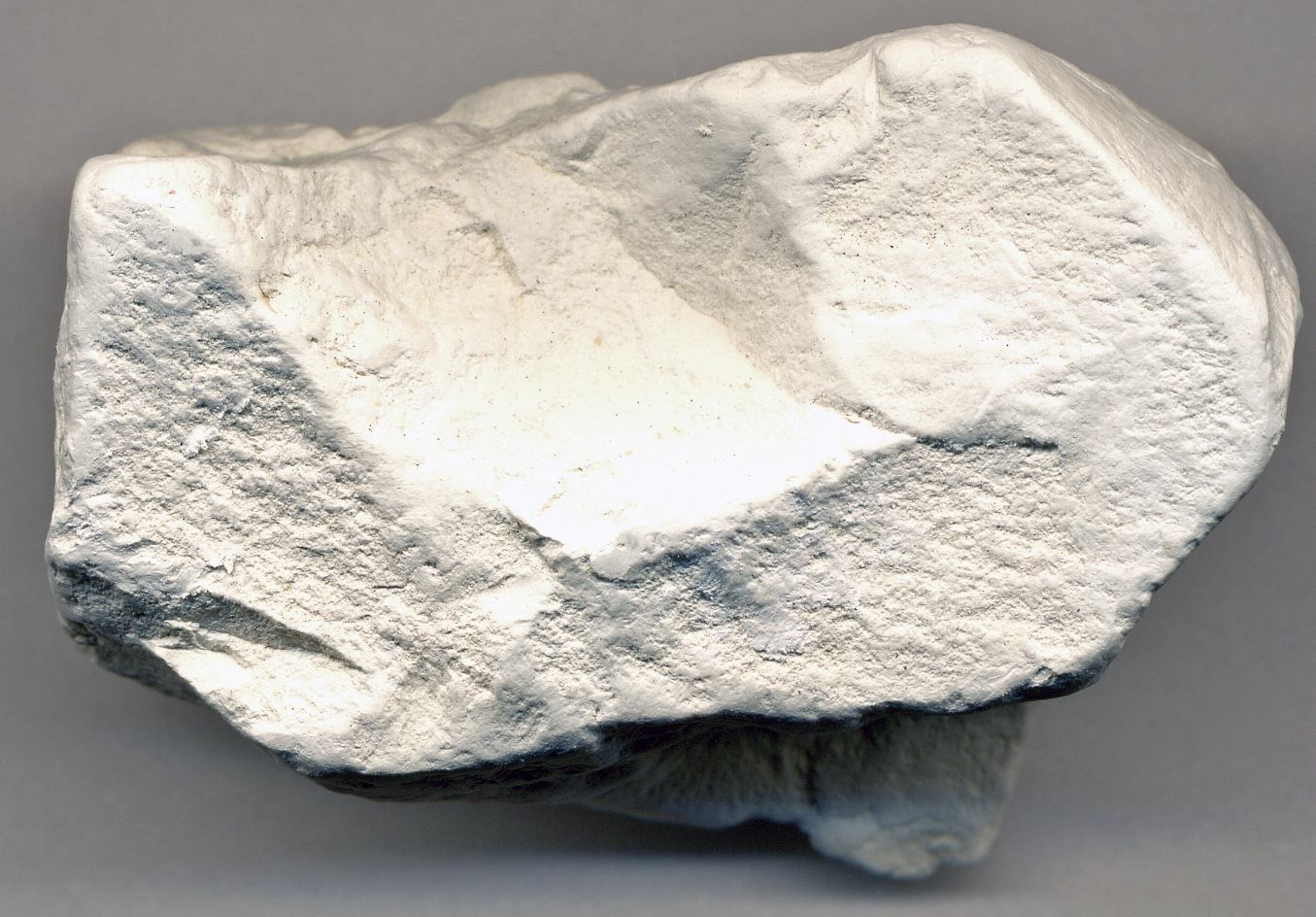
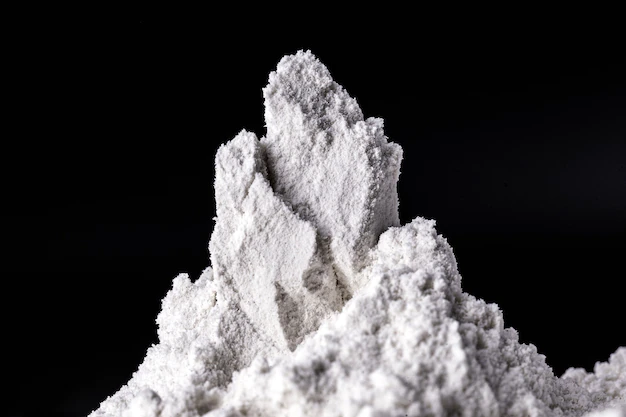
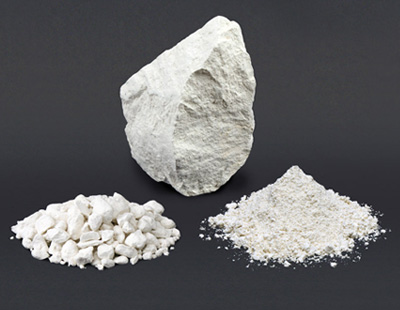
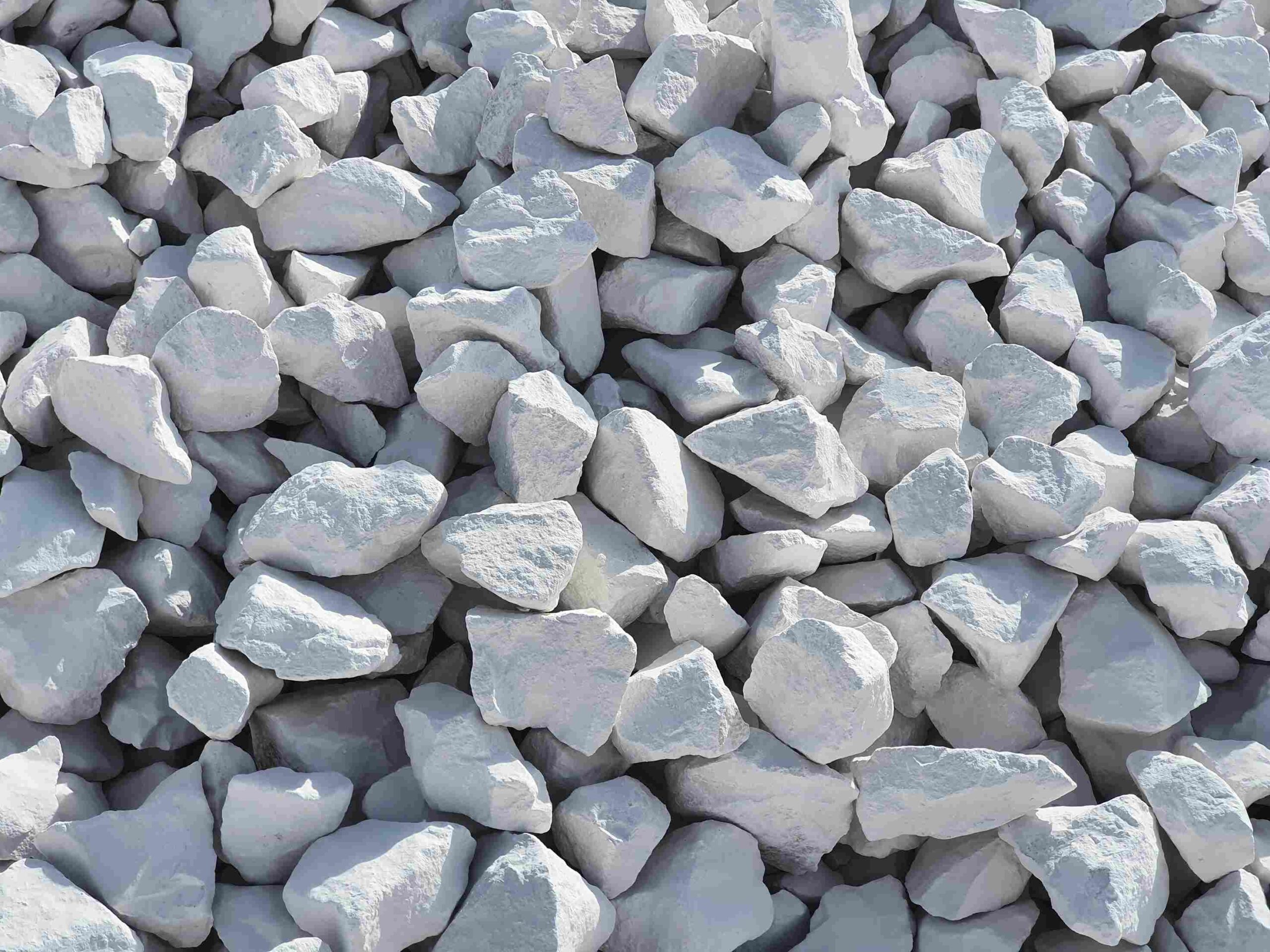
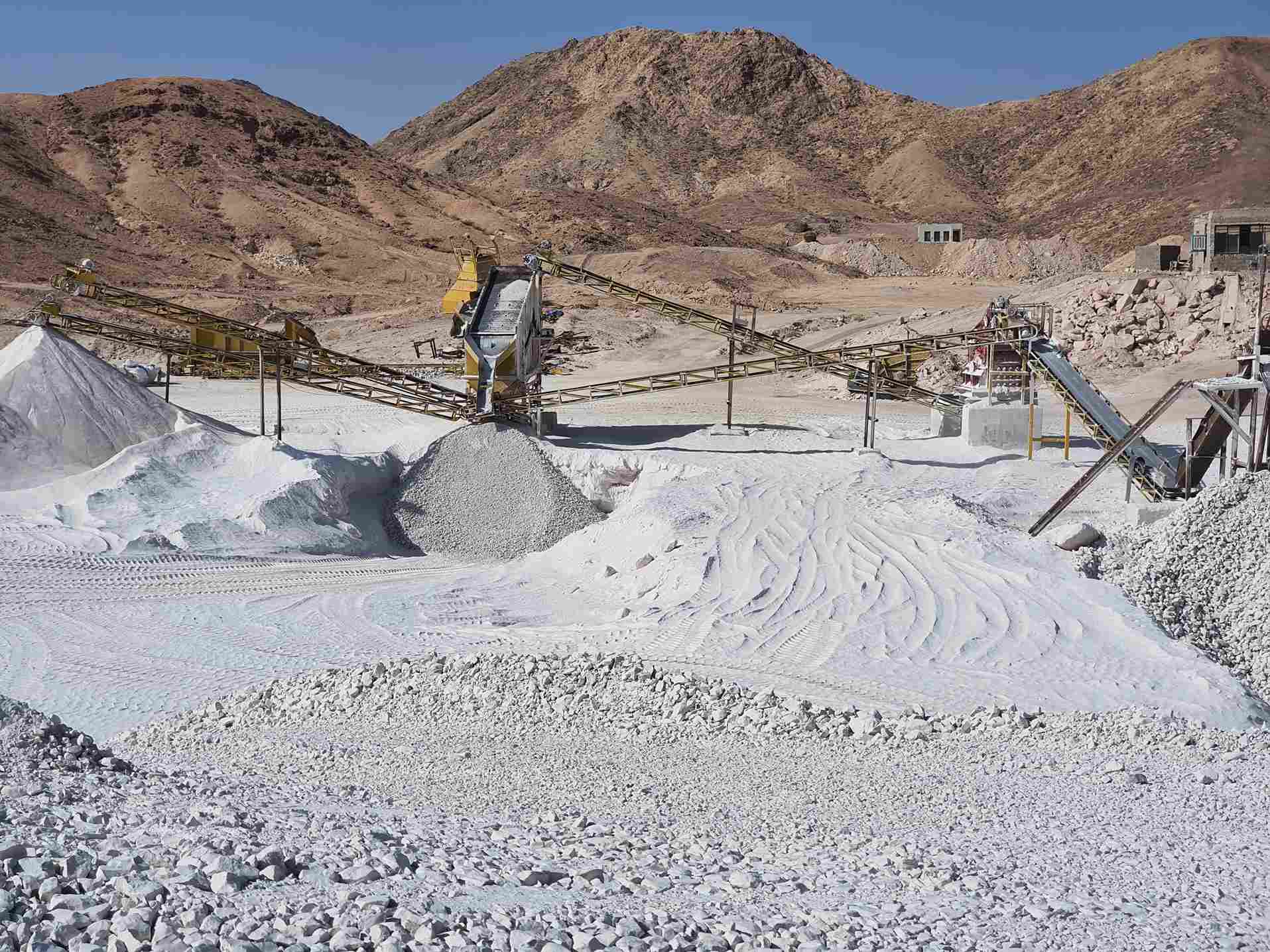

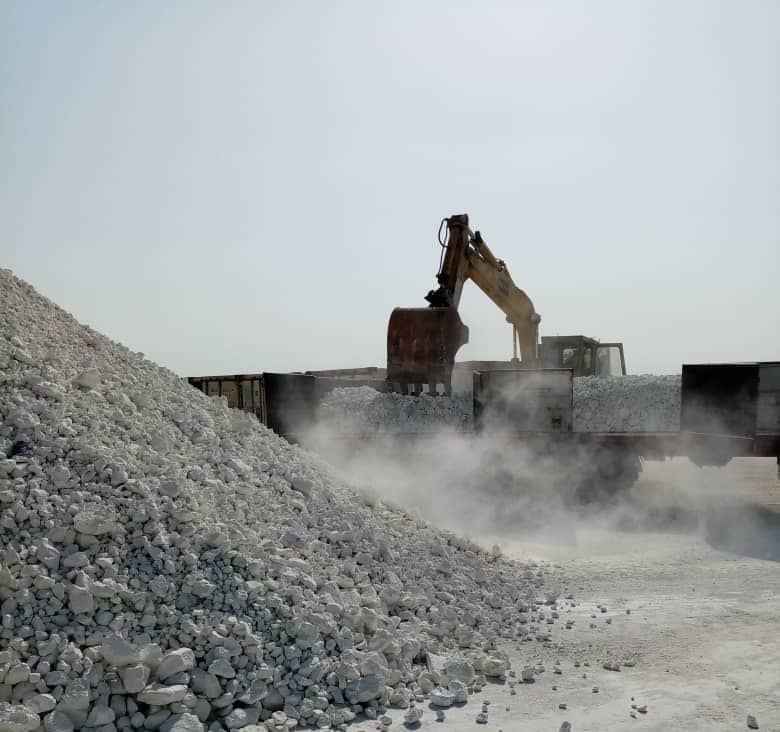
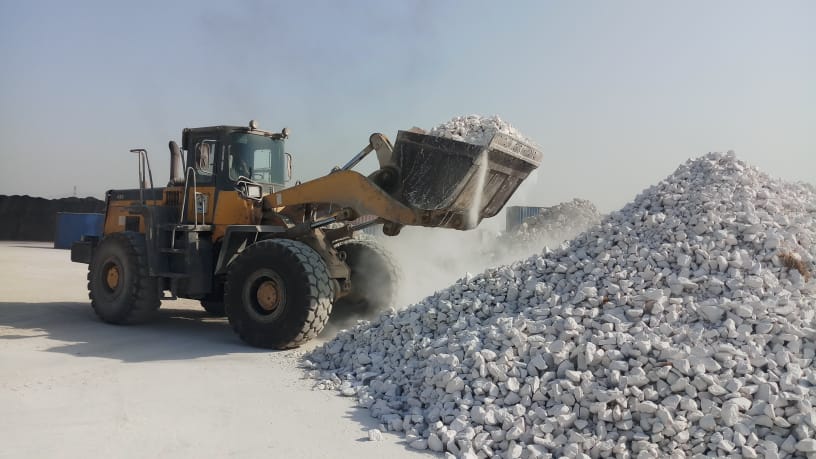
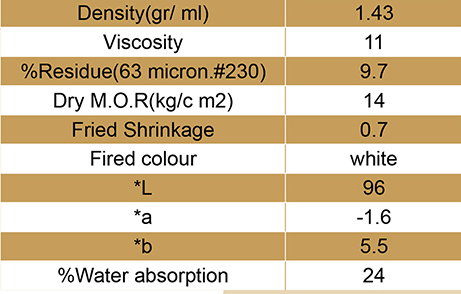
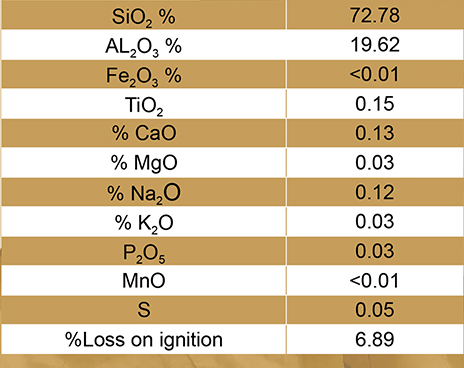
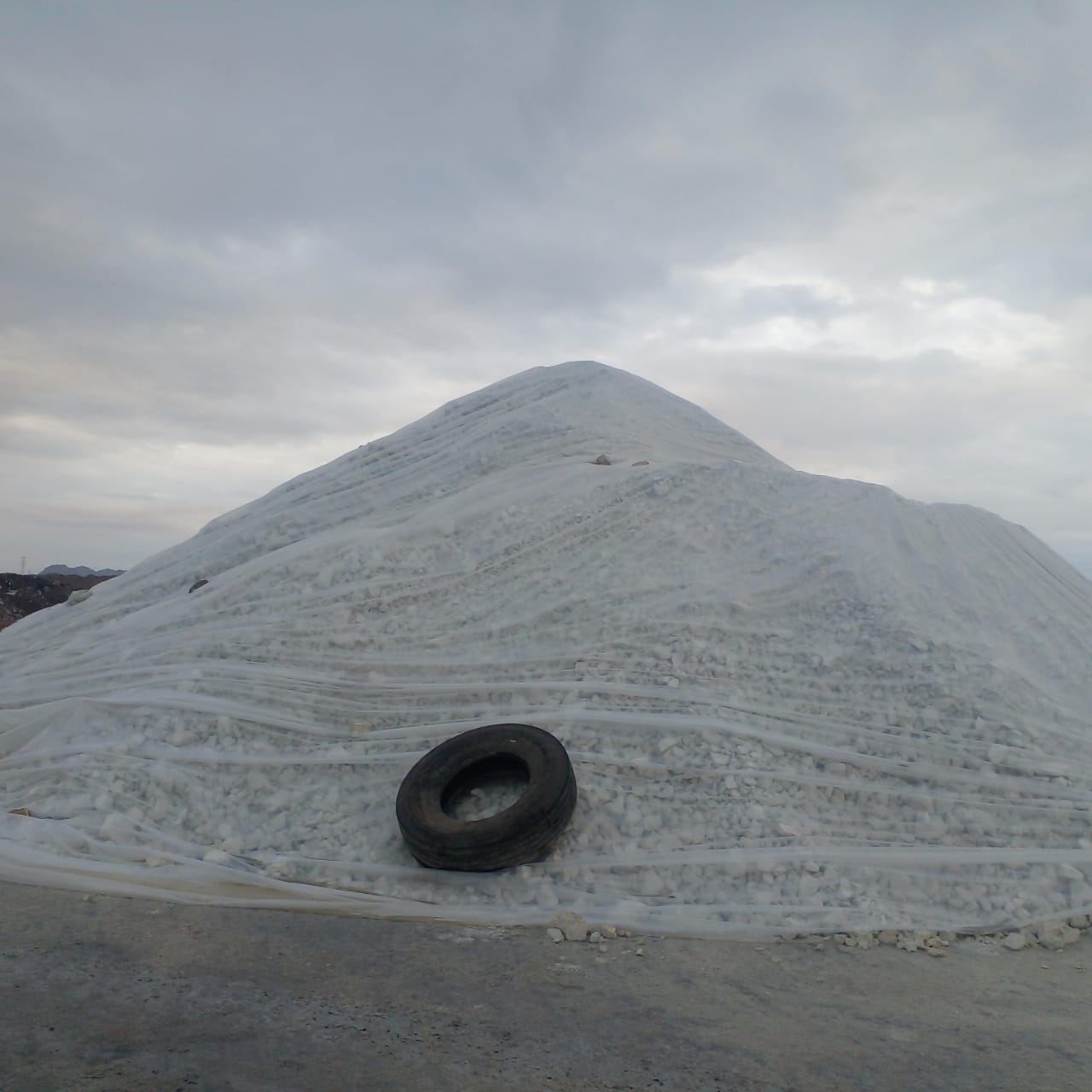
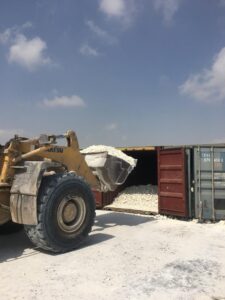
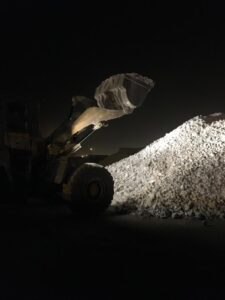



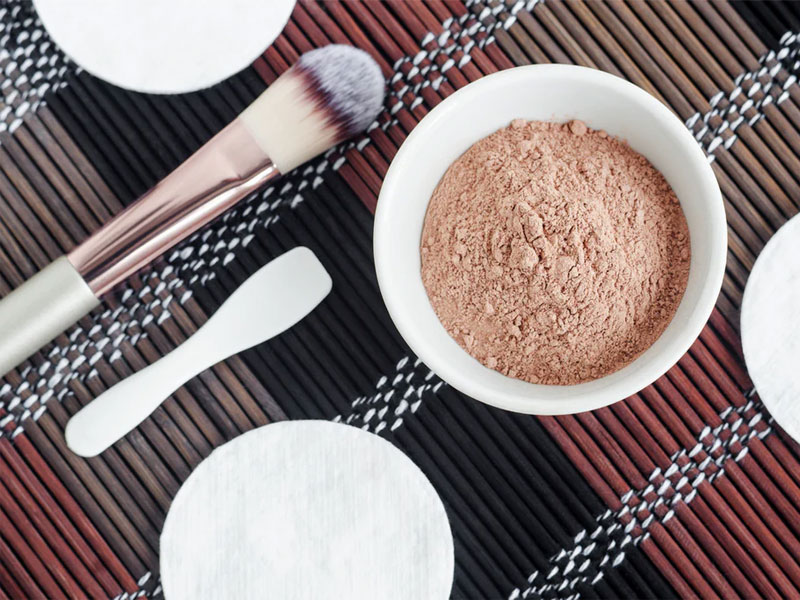
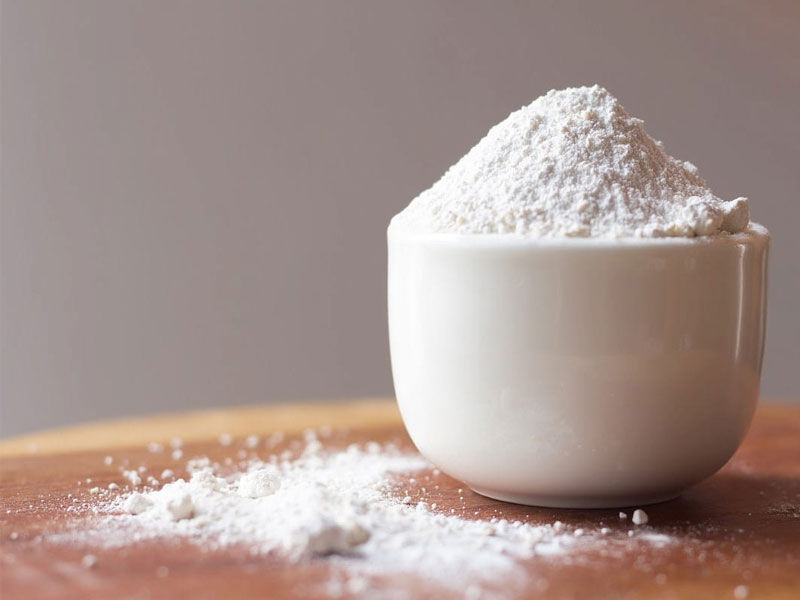
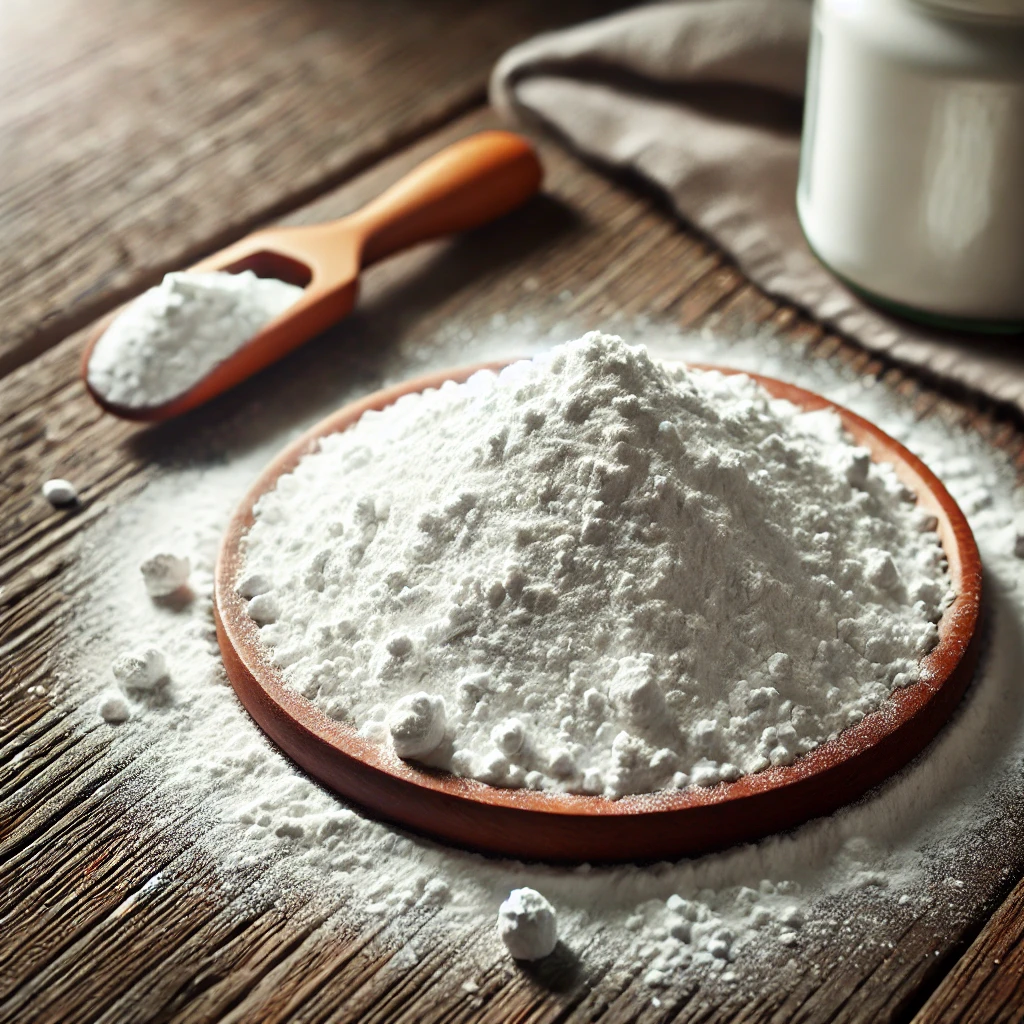

Reviews
There are no reviews yet.